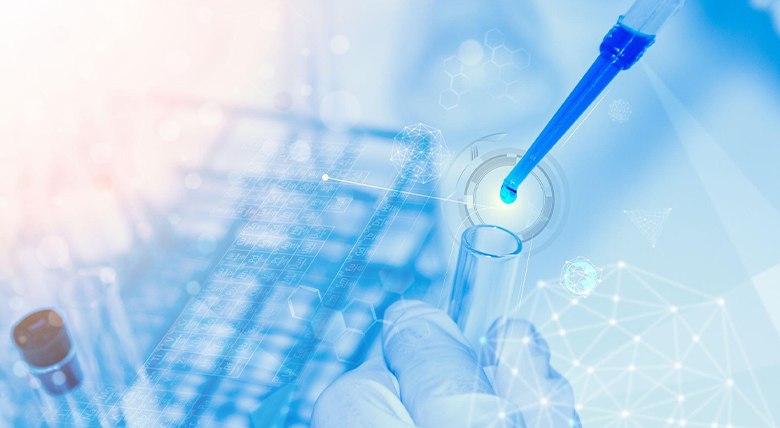Medical laboratory devices play a crucial role in diagnosing and treating various diseases. The development of these devices has been a continuous process, driven by advancements in technology, growing demand for faster and more accurate results, and an increasing focus on personalized medicine. In this article, we will explore the history and current state of laboratory medical devices used in medical analyzes.
Today, laboratory medical devices range from simple handheld devices to complex, automated systems. These devices use various technologies such as immunoassay, chromatography, and molecular diagnostics. They can analyze blood, urine, saliva, and other bodily fluids to diagnose a variety of conditions such as infections, cancer, and genetic disorders. Some of the most commonly used laboratory medical devices are:
Blood Glucose Meters: These devices are used to measure blood glucose levels in patients with diabetes. They use a small amount of blood from a finger prick and provide results within seconds.
Blood Gas Analyzers: These devices measure the levels of oxygen, carbon dioxide, and other gases in the blood. They are used to diagnose respiratory and metabolic disorders.
Immunoassay Analyzers: These devices use antibodies to detect the presence of proteins, hormones, and other biomolecules in the blood. They are used to diagnose infectious diseases, autoimmune disorders, and cancer.
The future of laboratory medical devices is exciting and holds great potential. Advancements in technology such as artificial intelligence, machine learning, and nanotechnology will enable the development of faster, more accurate, and more personalized devices. For example, wearable devices that continuously monitor vital signs and biomarkers could provide real-time health data to doctors and patients. Nanosensors that detect specific molecules could enable the early detection of diseases.
In conclusion, laboratory medical devices have come a long way since the invention of the microscope. They have played a crucial role in diagnosing and treating diseases and will continue to do so in the future. The development of these devices is driven by advancements in technology, growing demand for faster and more accurate results, and an increasing focus on personalized medicine. The future of laboratory medical devices is exciting and holds great potential for improving healthcare outcomes.



